Grower Stories #142: Graham Farrar
Published
Updated
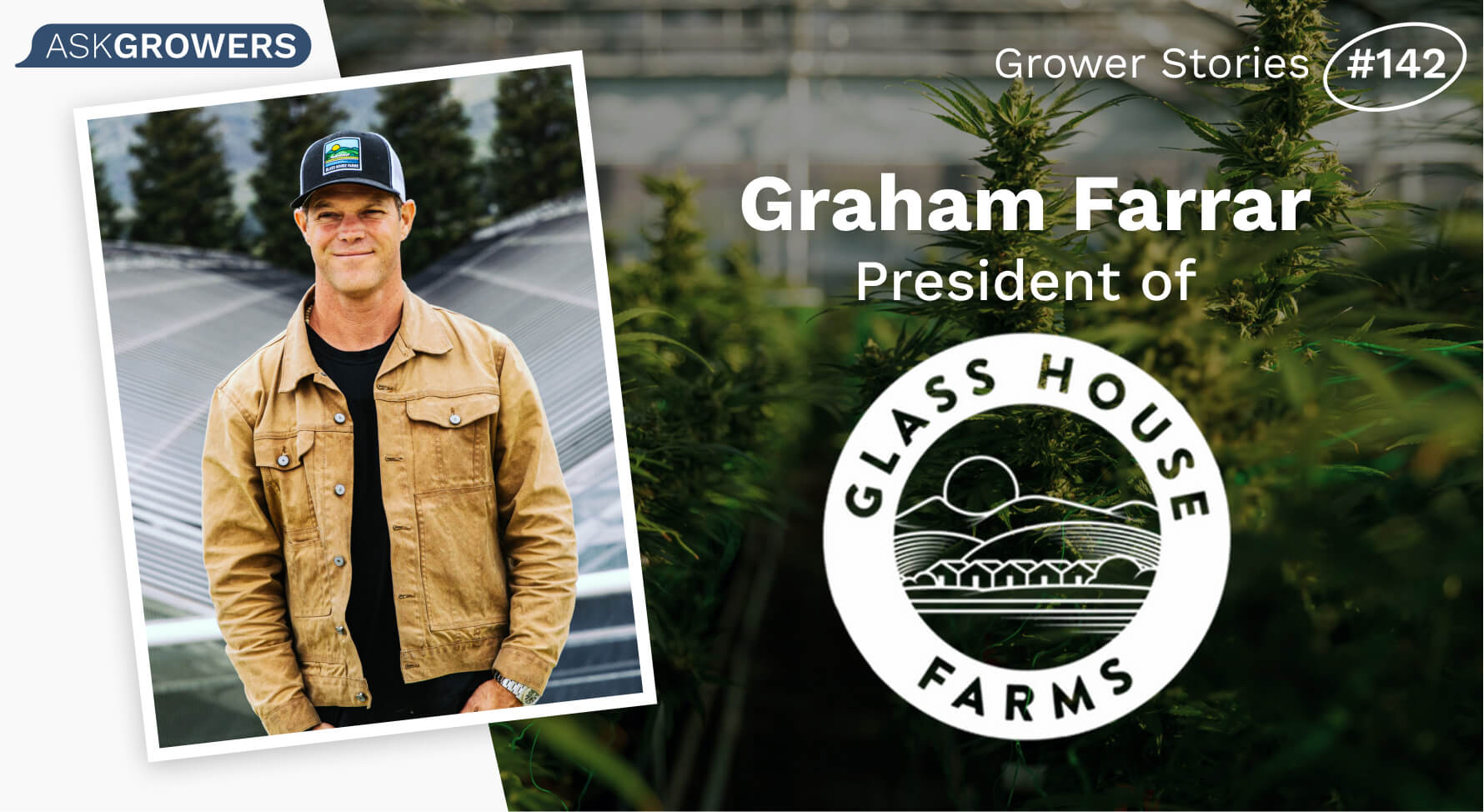
Glass House Farms Produces High-Quality, Greenhouse-Grown Cannabis
The AskGrowers team sits with Graham Farrar, President & Chief Cannabis Officer of Glass House Brands, to discuss how he started the brand and what his focus is. Graham talks about his personal relationship with cannabis, his brand’s strong focus on greenhouse-growing techniques and employee appreciation, and why he thinks consumers should start buying cannabis based on the terpenes inside the strains rather than how much THC they have. #growerstories
Tia (AskGrowers) : Tell us how you started Glass House?
Graham Farrar : I first started a company that made fertilizer for growers and I realized that the people we were selling the products to, we were teaching them how to grow so that they could be customers. And so I said, well if we know more about this then why aren’t we doing this. That’s really how Glass House came along. I live in Santa Barbara which happens to be an absolutely perfect place to cultivate cannabis. You know it’s 72-degrees, right by the ocean, cool breeze, nothing is too hot, nothing is too cold, it has great agricultural infrastructure, and it’s very close to LA. So, when all those things came together, I said this is the time, let’s go. We started Glass House Farms, 6 going on 7 years ago which started in the medical marijuana days here in California.
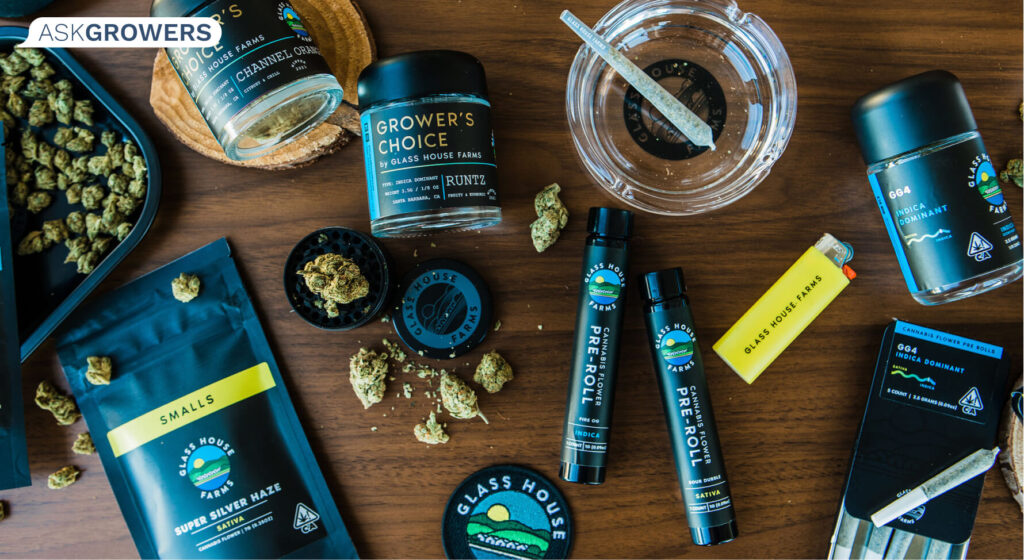
Tia : How do you think you differ from other farms? Do you have a specific approach to growing weed?
Graham : I think there are a lot of things that are unique and that I like about us. Cannabis as an industry is also a pretty great industry. In general, it is a compassionate industry that wants to make the world a better place. The thing that is unique about us is that we have a real focus and belief in greenhouse growing which I think is somewhat unique. Our belief is that when consumers are educated, not only will they think that greenhouse-grown cannabis is okay but they’re gonna think that it’s their preferred choice. If you think about warehouse growing, people didn’t get into a warehouse because the sun was ruining their plants. That doesn’t make any sense - the plants have evolved to grow under the natural sun. They went into the warehouse because they were hiding from an unjust drug war and in the process, they found out that ‘hey, in a warehouse I can make it a perfect summer day every day’. But that comes at a very high cost. I mean, everything mother nature gave you through the sun and now you’re replacing it with some sort of fossil fuel-powered energy. And then you have to get rid of the heat so you have to use twice the amount of energy to HVAC it. And then you run out of CO2 so you gotta add CO2 or greenhouse gas - you have to manufacture it just to recreate the outdoor environment.
Our belief is that by using greenhouses in the right climate of Southern California, we can create cannabis that is as good or better than warehouse-grown cannabis in a way that has a much better ecological footprint because we’re starting with what mother nature gives us for free. And we’re starting with it in an ideal climate. So, we take 85% of what we need from mother nature and then we use these really advanced, hi-tech greenhouses to make it perfect, and then using that, we can grow high-quality, craft cannabis at scale at a much lower price which makes it more accessible to more people. I think that is kind of the fundamental ethos of what we’re doing. On the other side, all of our employees have paid sick days, all of them have vacation days, all of them have 401(k) plans, all of them have some component of equity. They all get paid more than minimum wage - that’s a very unique perspective in agriculture. Agriculture typically has not a great reputation of treating people - more like tools in a shed rather than members of a team - and we take a different view of that.
Tia : Why did you decide to enter into the cannabis industry and open your brand?
Graham : Well, it starts with the fact that I think the world is a better place with cannabis in it. I’m a tech guy by background and work experience but long before that, a cannabis lover by passion. I’ve had a 25+ year relationship with it and I think it’s healthier than alcohol, it’s medicine for so many people, it’s fun on a Friday night, it can help you sleep on a Tuesday. Certainly, from a harm-reduction point of view, the drug war was horrible and if we’re honest about it, it wasn’t even a war on drugs but a war of people - specifically, black and brown-skinned people at that. So, the idea that we can make the world a better place, make customers happy, give a home to our employees, and create a valuable business all at once was too much of an opportunity for me to pass up - usually, you only get to pick one or two of those things at a time. And then put on top of that the fact that I just happen to love it personally is why I think I’m here.
Tia : How do you maintain sustainability in the company?
Graham : Sustainability is one of the core motivations behind everything we do. Glass House Farms is an environmental leader in cultivation, and our greenhouses yield a minimum of 5 x more per unit of electricity than the industry average for greenhouse grows, while using 95% less electricity per square foot than the average indoor operation. Glass House Farms cultivation facilities also emit at least 45% less carbon than the average greenhouse and at least 90% less than the average indoor grow, while producing 40% more cannabis per unit of carbon than the average green house and at least 90% more per unit of carbon than indoor. Our innovations in sustainability continue as we expand. Our state-of-the-art cultivation facilities leverage two of the many reasons why California is synonymous with cannabis: lots of great sunlight and an amazing climate.

Tia : How do you test your products?
Graham : By law, every product we sell is rigorously tested, under some of the most stringent testing standards in the country for any agricultural product, by a California state-licensed cannabis testing laboratory. They are tested for 66 different pesticides down to the parts per billion level, for mold, for mycotoxins, for e. coli, the list goes on. The cannabis that we sell is tested far more than any of the food you eat. Our lab results are certified and shared with all of our retail partners, and California track and trace batch numbers are posted on every product you buy. We’re working on a program to make those test results even more accessible to our customers, giving more transparency and visibility not only to safety but also to more detailed information like terpene and cannabinoid content.
Tia : What is your personal cannabis consumption routine?
Graham : I’m a joint smoker, I love fresh flower. I like to hand grind and hand roll. To me the ritual is a big part of it.
Tia : Your top strains to smoke? Why?
Graham : I really like flavorful strains, I also like sativas... one of my current favorites that checks both boxes is our new Lilac Diesel.
Tia : If you could have a chance to smoke with anyone on this planet, who would that be with and why?
Graham : [tooltip title="Robert Nesta Marley" content="Singer, musician, songwriter and one of the pioneers of reggae."]Bob Marley[/tooltip], he is such a badass.
Tia : Do you grow cannabis yourself?
Graham : I do not have a current home-grow. I’ve certainly done everything from closets to garages but at the moment, all I do at my house is consume cannabis.
Tia : Easiest strain to grow? What about the hardest one?
Graham : That’s a good question. Let’s see, ‘hard’ has a lot of different definitions when it comes to growing. For example, some strains that are easy to grow in the winter are very hard to grow successfully in the summer. There are some strains, like the Cookies family, which I would call finicky. It’s like a race car where they can do great stuff but you gotta maintain them just right. Some of the more exotic strains require a better climate and a tighter boundary to take them all the way to completion.

Tia : What do you think defines the success of the strain?
Graham : I’ll tell you how it is and I’ll tell you how I wish it was. What defines the success of a strain right now is how potent it is in THC. That is what most of the market currently shops for. How many mg of THC can I get for the dollar? I think that is a totally unfortunate and silly way to shop for cannabis. That would be like going to a winery and someone says what kind of wine do you like and you say I like the one with the most alcohol. Like, that’s not how you should pick your wine or your tequila or your beer - you should say, you know, the flavor, the smell, how it makes me feel.
So, for me, the way I wish people shop for cannabis is I wish the first thing they were asking about is what are the terpenes? There’s scientific evidence that terpenes bind with the CB1 and CB2 receptors just like cannabinoids do which means that they are vitally intertwined with the experience you have. If I could design my perfect cannabis, it would be high in terps, and high in those terps that give me personally the feeling I want - whether it’s relaxation, whether it’s energy, whether it’s anti-anxiety. And I would actually like it to be lower in THC. I think, for me, an ideal THC is probably in the 11 to 15 percent range and the reason for that is, if it tastes delicious, I wanna have more of it, not less. I would rather smoke three times as much delicious 10% cannabis as I would 30% cannabis.
I think people should be shopping by the terpenes, by the smell, by the taste, by bud structure maybe, by the story, by what’s behind it, the genetics, how it’s grown, by the team, how small the eco-footprint and the carbon-footprint was - those are the things people should use to define the success of a strain.
You can follow Glass House Farms at:
Thank you so much, Glass House Farms team, for taking the time to do the interview. To learn more about them, head on over to their website.

 Interviews
Interviews
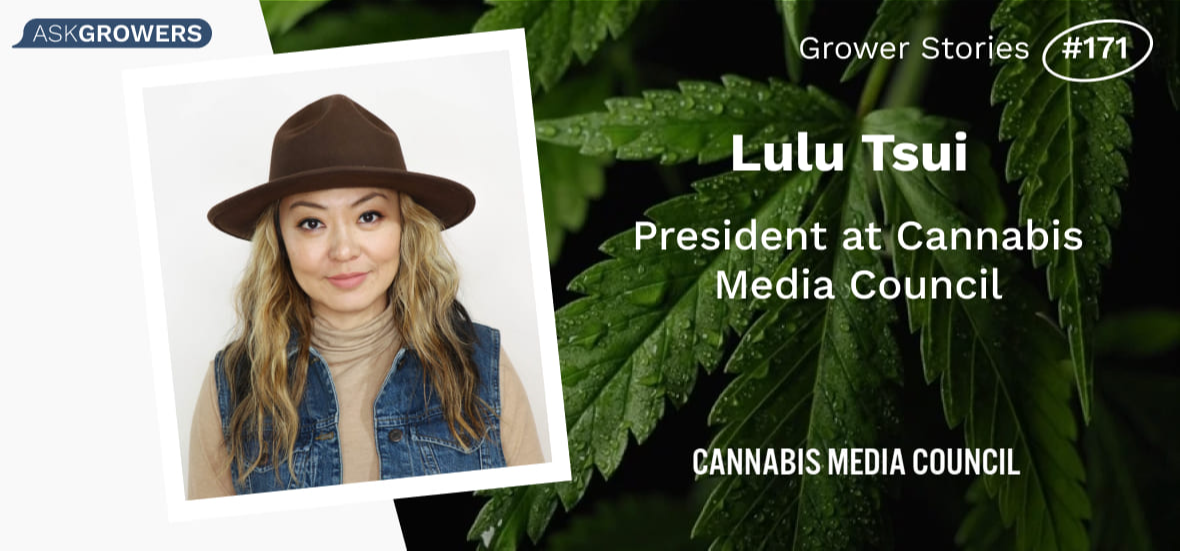
.png)

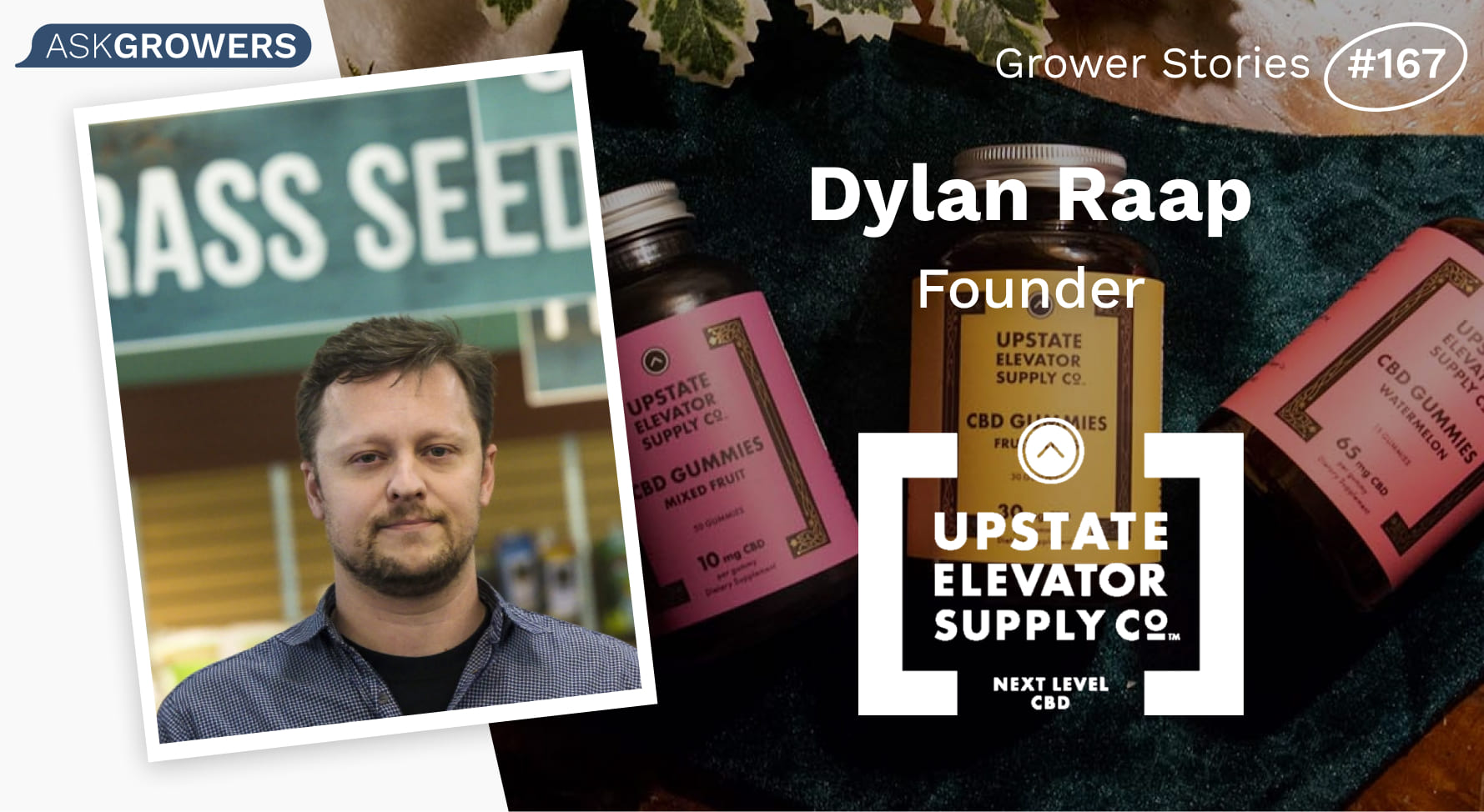

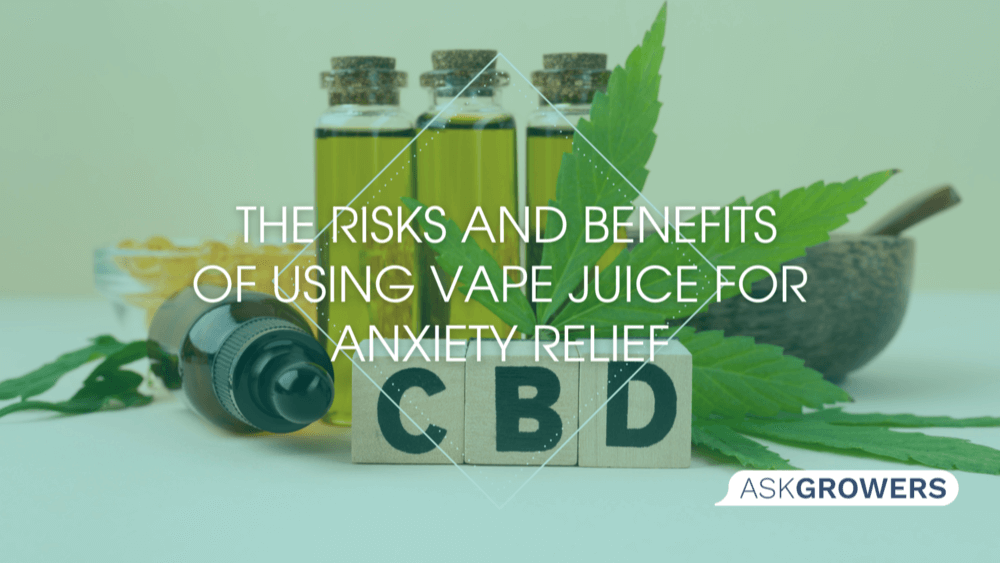

 (1).png)
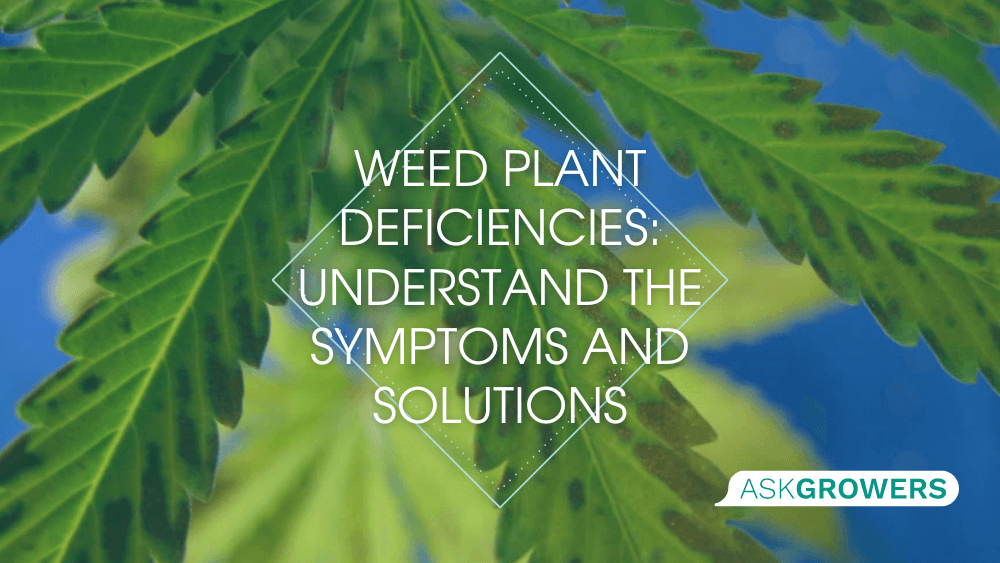
.jpg)

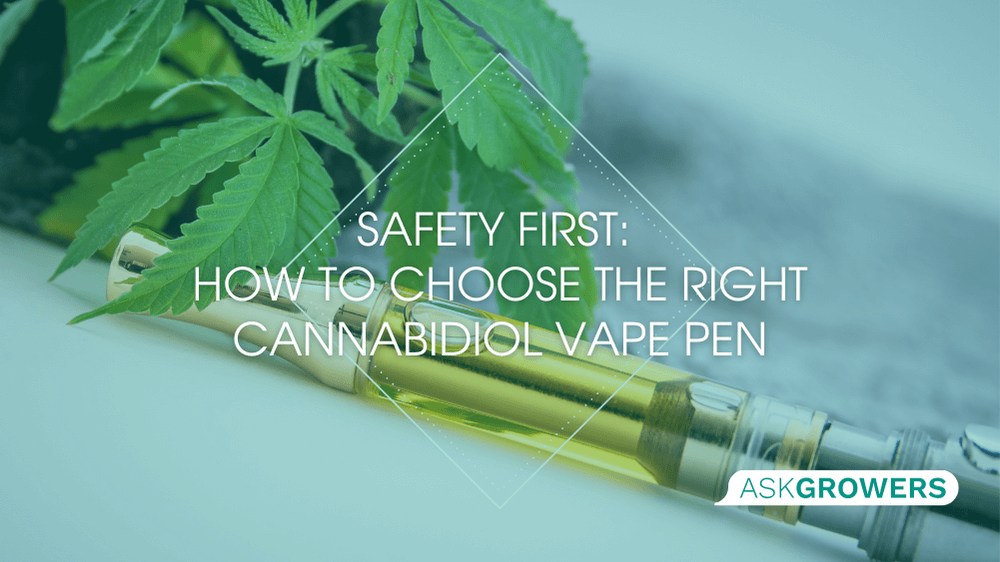
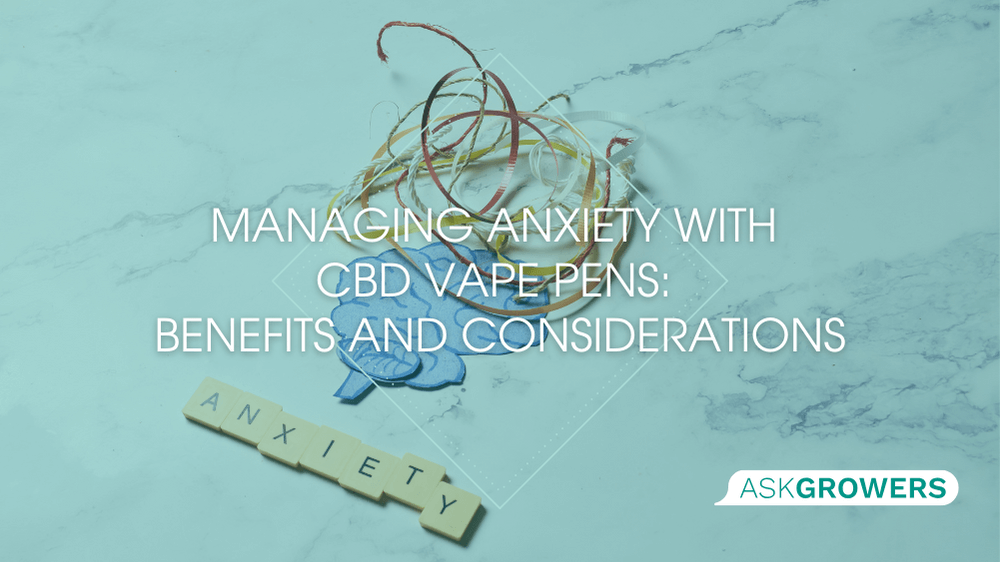
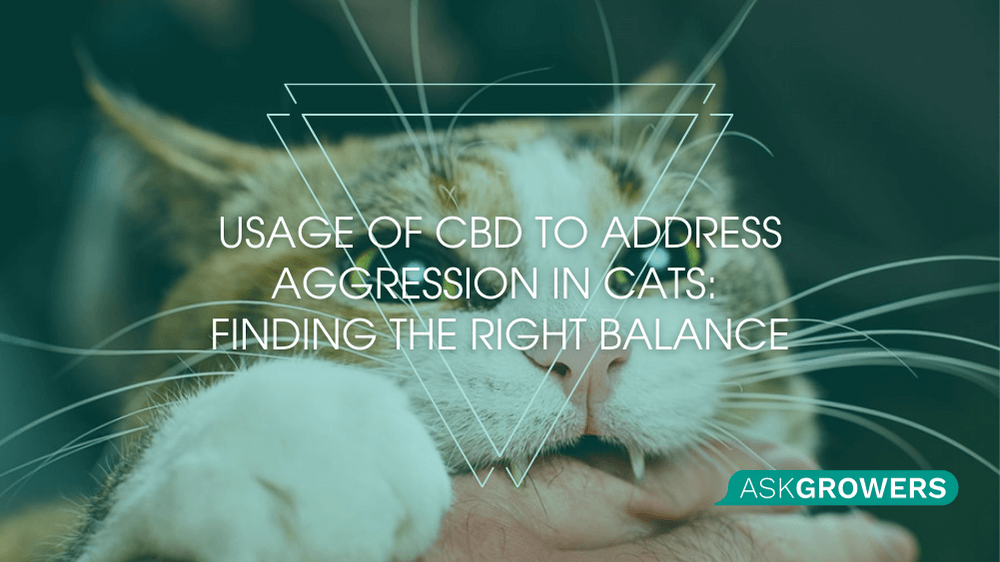

Be the first and share your opinion
Write a Review